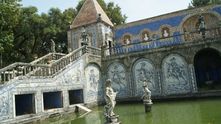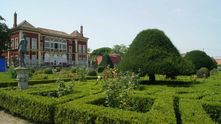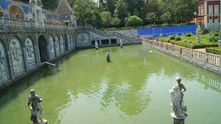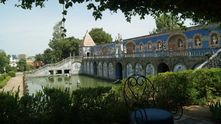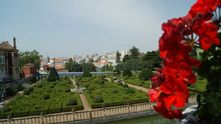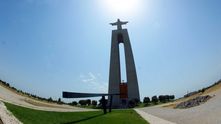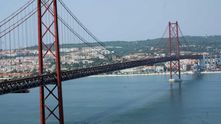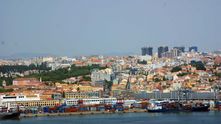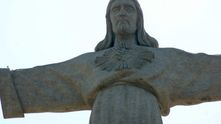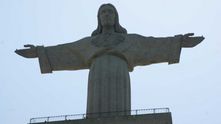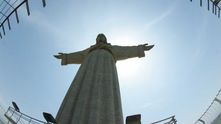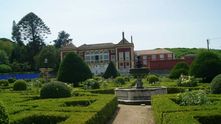On the next day we began our trip to Lisbon from the visit of Christ Monument (Port.Cristo-Rei), rising on the high south bank of the river Tegus at the entry on the Bridge “April 25”, from which there is a fabulous prospect of Lisbon. It is a true copy of more famous Statue to Christ in Rio-de-Janeiro, Brazil, only twice decreased.
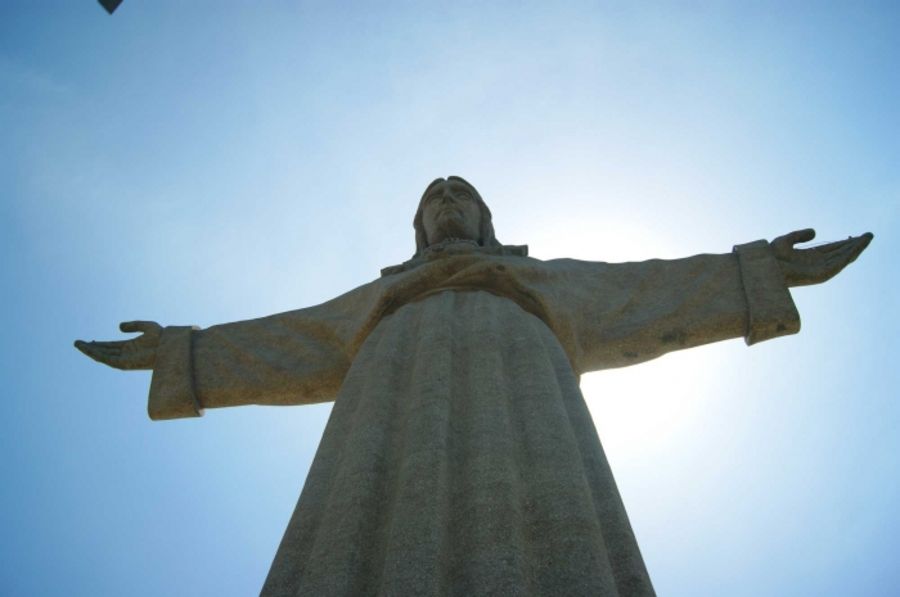

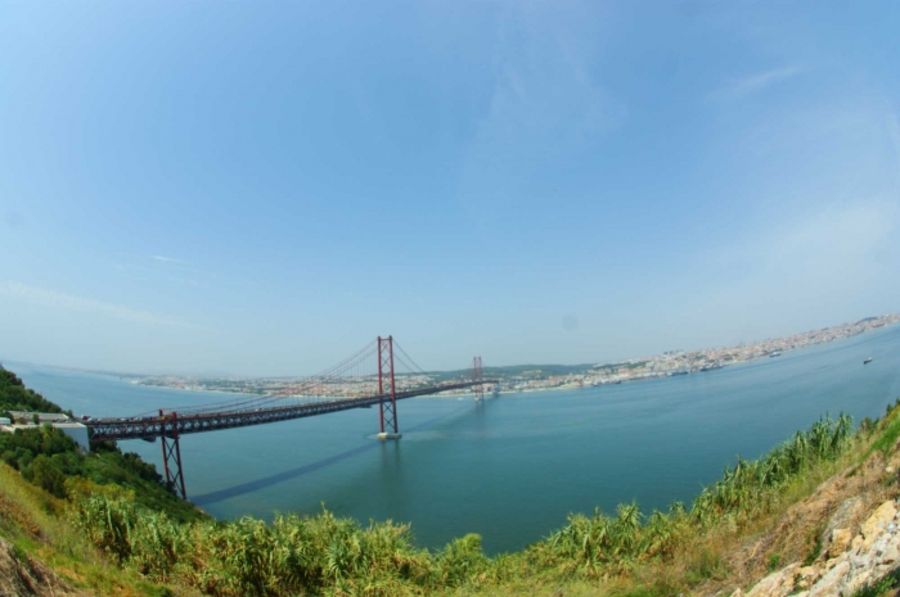


The Statue to Christ was built in 1949-1959 and was opened on 17 May 1959. The construction of the statue was approved at the Portugal conference of the Episcopate, held in Fatima on 20th April 1940, as a request to God to release Portugal from entering World War II.
The 28 m figure of Christ on the huge pedestal (the height is 84 m) was designed by Portuguese sculptor Francisco Franco de Sousa.
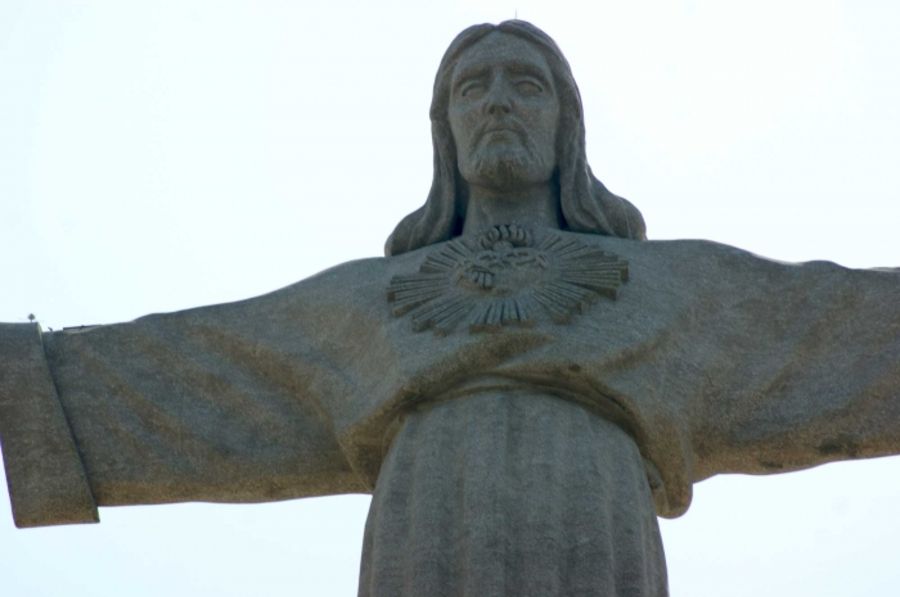


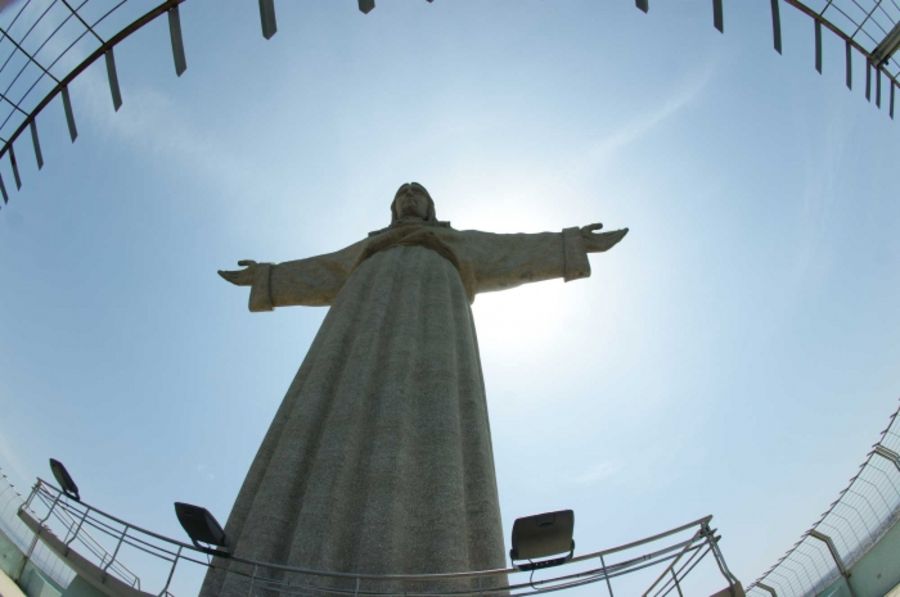
Then we went to the palace of the Marquis of Fronteira, which is in the center of Lisbon. Unfortunately on that day we could visit only the garden without entering the palace. But all the same it was very beautiful and pleasant.
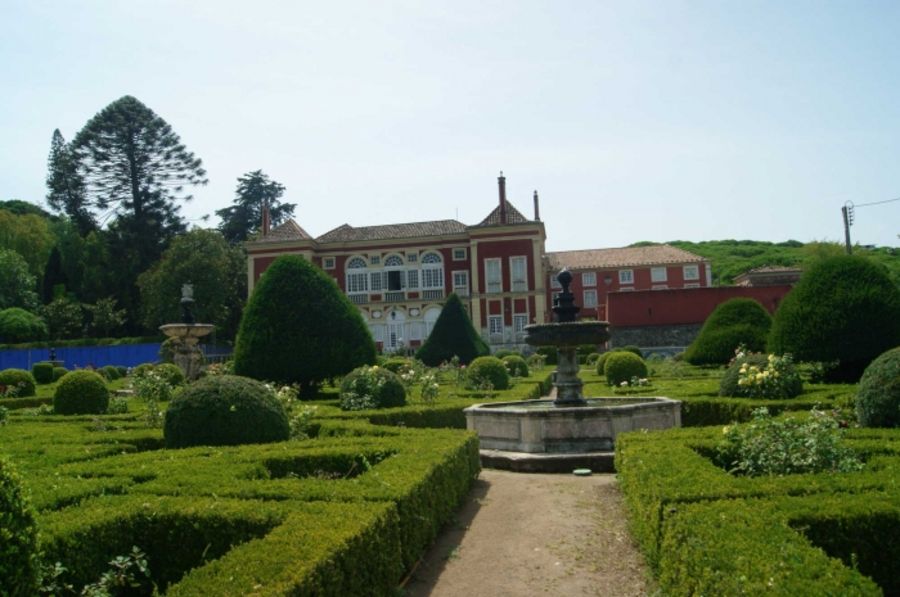
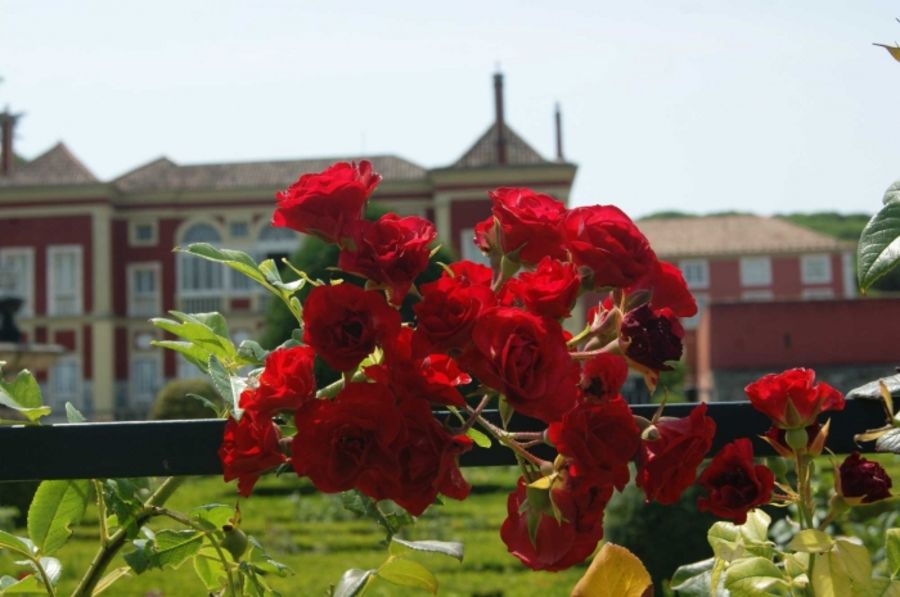
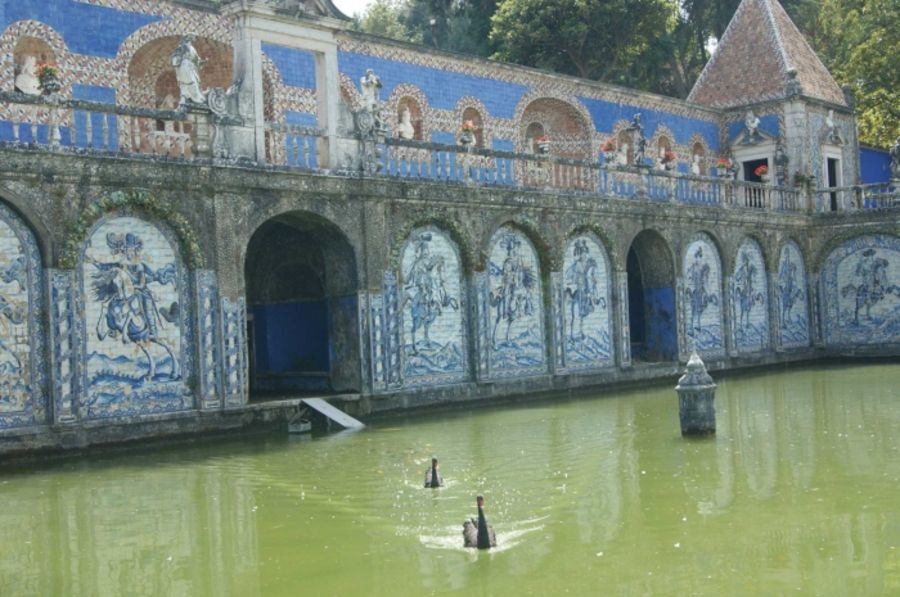
Fronteira Palace with the garden is one of the spectacular and unique country seat examples of XVII century Portugal. The uniqueness and value of this ensemble is in the fact that it has been keeping its original view till nowadays and it is an actual residence of the Fronteiras.
The founder of the palace Joao de Mascarenhas was the commander in Chief during the wars for independence between Portugal and Spain in 1641 and 1688. For his numerous merits he received the title of 1st Marquis of Fronteira from King Pedro II of Portugal, for whom he was a key advisor and a good friend.
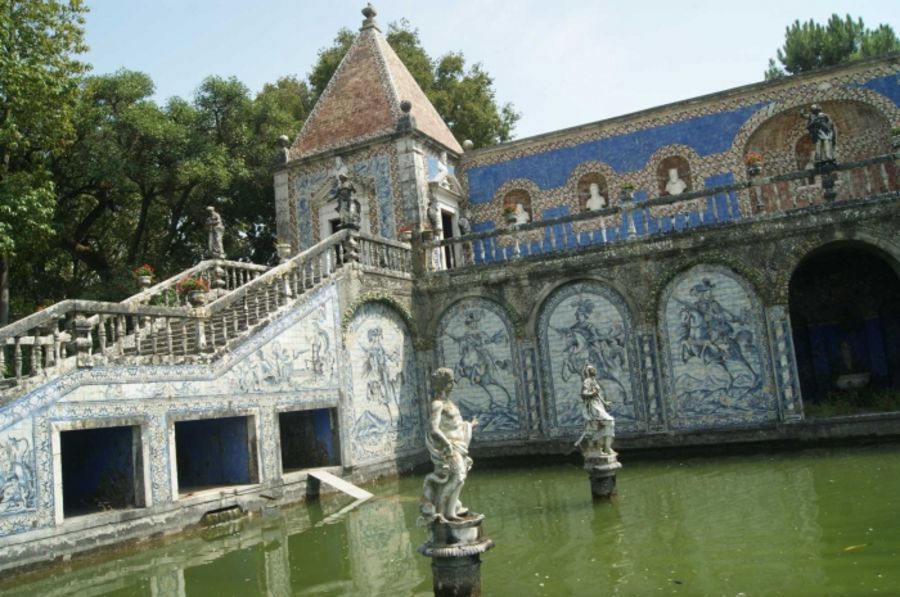
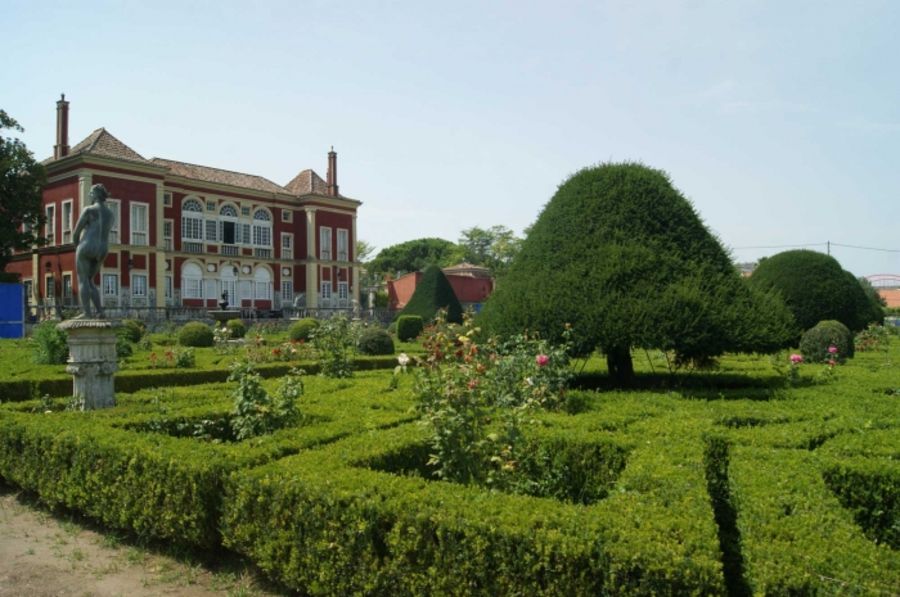

The small palace, built in 1669, was intended initially for hunt. The site for construction was chosen in one of the best places in the neighborhood of Lisbon on Mosanto hills, where there were natural water sources, greenery abundance and, of course, animals. The earthquake of 1755 destroyed the family residence of Fronteira clan, and the family had to move in their hunt palace.
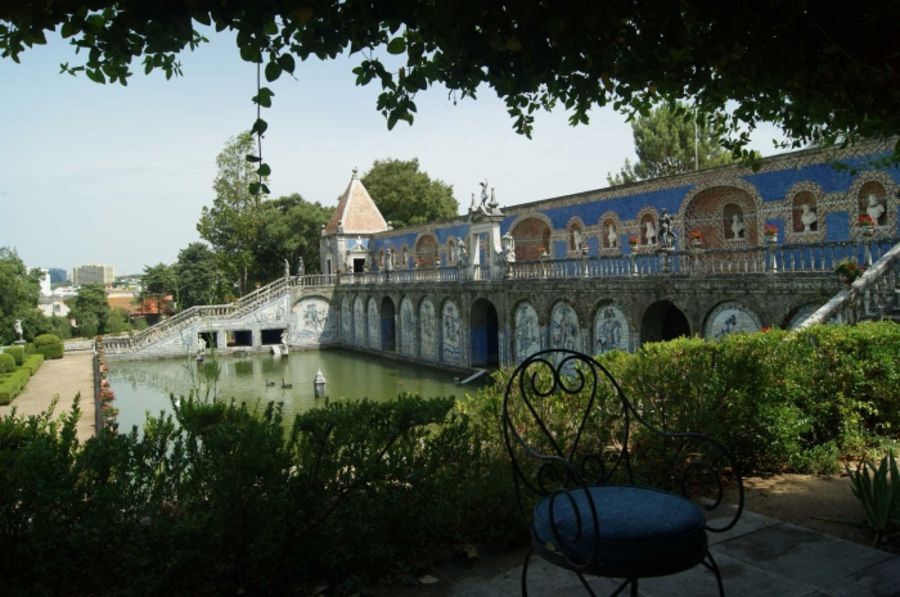

The palace of the Marquis of Fronteira is one of the most illustrious courts in Portugal today. Here you can see a bright example of the front regular garden with fountains and sculptures, created under the influence of Italian Renaissance, and have a rest in the shade of “Venus Garden”, and ascend to “the Kings Gallery”, where Braganza dynasty of Portuguese royal House is represented in busts. You can also admire the splendid views and the pond with swans and of course get acquainted with a marvelous art, distinguishing for Portugal – Azulezhu Art. Azulezhu Art (Port. Azulejo) is painted ceramic panels, tiles, which face practically all vertical surfaces in the garden and the basement of the palace.
(Previous parts: Part 1 , Part 2,Part 3, Part 4, Part 5,Part 6,Part 7,Part 8, Part 9, Part 10,Part 11)












